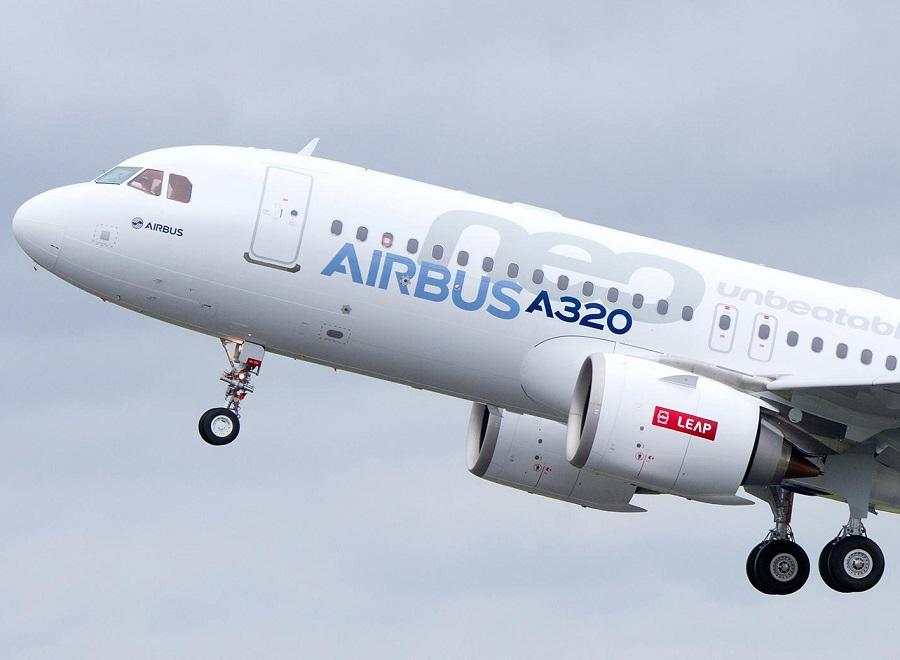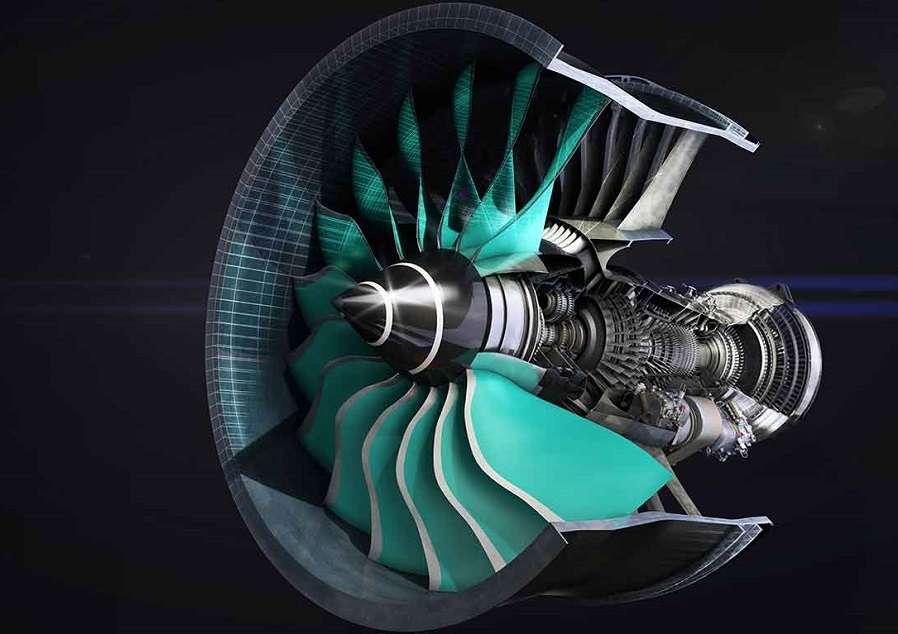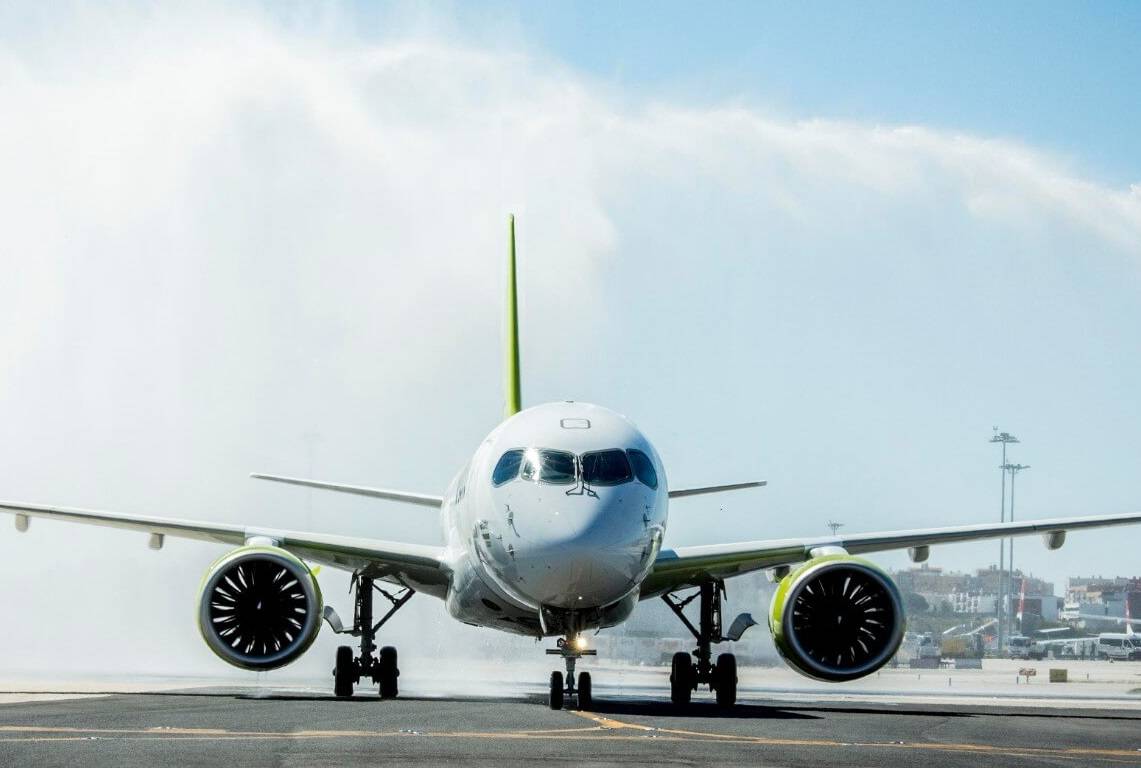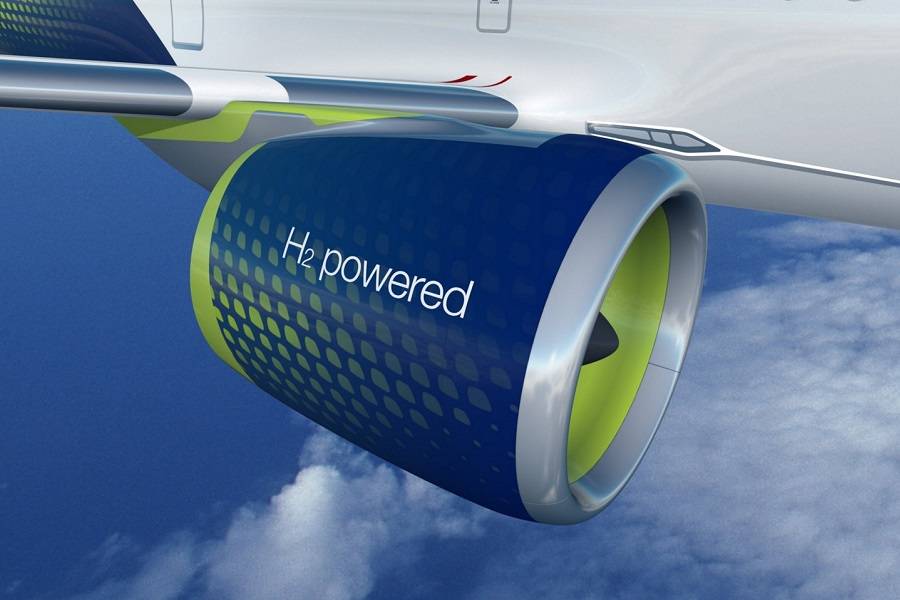An ongoing spat between engine makers in the US reveals that Airbus has been in talks with GE for a new smaller engine design. But for what plane?
General Electric (GE) are unhappy. The engine manufacturer, who partners Safran to make the CFM-56 and LEAP-1 engines, wants to design something new. And they have a problem: geared turbofan (GTF) designs. This is technology that allows the engine’s fan disk to spin at more optimal speeds than the rest of the jet engine.
So GE want to use it, but they can’t: it’s patented. The owner of the relevant patents is Raytheon, the parent company of Pratt & Whitney. P&W make the new PW1000G family of engines, using a GTF design. And while different versions of the design have had early issues, the new engine is indeed very efficient.

GE are annoyed because they believe that Raytheon’s patent essentially blocks the use of something that GE and others have been using for decades. Geared systems in jet engines aren’t really new. All turboprop engines use some sort of gearbox, to get the propeller blades at the right speed range. And this is technology dating back to the 1950s. And perhaps GE would argue that adapting the technology for use in turbofans, is just that: an adaptation.
But what does any of this have to do with Airbus? Well as it turns out, for GE to go to court and challenge Raytheon’s patents, they need to show evidence that the patents are causing problems to them. And GE did this, by revealing that Airbus has been asking them to produce a new, small, efficient engine. For a new aircraft.
A New Engine But What For?
Of course at this point we don’t know if Airbus are working on a clean-sheet design, or just a new variant of something. But if they need a completely new engine design, it’s hard to see how their existing line-ups could be involved. The A320 family is obviously out of the question: the LEAP-1A and PW1100G engines cover it nicely. And are brand new!

The A220 family is a better candidate. Airlines like Air France are pushing for Airbus to make a longer variant than the A220-300. And at the moment, the only engine option for existing A220 variants is the PW1500G. This is a P&W-made, GTF-technology engine. If Airbus wanted a new, longer A220, logically they would use a version of the same engine. But it would make sense for Airbus to want a second engine option for the whole A220 family, anyway.
Also, this is not the first time we hear of an engine manufacturer ‘courting’ Airbus, for a new smaller aircraft design. We saw that Rolls-Royce wants to return to the singe-aisle airliner market, seeing as twin-aisle aircraft are less popular at the moment. They have a new engine design, using variable pitch for the fan disk. This could be either an alternative to GTF technology, or it could be combined with it. Either way, it could be another leap in efficiency.
We also know that Airbus is looking at hybrid, hydrogen and other such technologies. Rolls-Royce in particular is keen on the idea. It would make sense for Airbus to solicit offers for the technology from all its engine partners. Indeed, Airbus CEO Guillaume Faury has hinted that the company’s next clean-sheet design narrowbody will be a carbon-free design.

A Bit Of Competitive Misdirection?
An alternative reading of this story relates to competition between the two aircraft makers. A decade ago, Airbus and Boeing decided to introduce updated single-aisle designs, to replace the A320 and 737 respectively. But eventually, they will both need to bring something new to the market. Bloomberg suggests that Airbus could be leaking this information to push Boeing to introduce such a design.
The idea there would be for Boeing to go first into such a market, and Airbus to come in second, with something even better. And there is some irony to this theory. When Boeing decided to go ahead with the 737 MAX in 2011, Airbus breathed a sigh of relief. They had just committed to the A320 ‘new engine option’, and feared that Boeing could usurp them with a new design. Airbus worried that their own finances back then wouldn’t cut it, for a fresh new project.
But given Boeing’s current finances, they would be quite unlikely to go down this road today. That still leaves designs smaller than the A320/B737 jets. Airbus already has a winner in the A220. But Airbus could be looking for a low-risk start to an alternative fuel project. In such a case, their new engines could power a design based on the A220-100.

An Engine For A New Airbus Regional Jet?
Airbus has stated an interest in a future, ‘green’ 100-seat regional aircraft. Many believe that a turboprop-based design makes more sense for this role. However, Airbus has stated that new fuels and technologies could redefine what type of engine is or isn’t practical. So, they will explore multiple scenarios for these projects, which of course includes new turbofan engines.
They could solicit offers from everyone: GE/Safran, P&W and Rolls-Royce. Some or all of these engine manufacturers have their own plans around emerging technologies. Whatever the case, GE and Airbus won’t reveal their plans – or, indeed, how likely it is that these plans will go ahead. GE told Bloomberg:
“GE Aviation continually reviews opportunities with airframers, including Airbus and Boeing, about engine technologies for the next generation of aircraft. The details of these discussions are confidential.”

Airbus wasn’t more forthcoming either:
“We are in constant dialog with our engine makers about the latest state-of-the-art technologies and ongoing innovations. There are many studies. Not all studies see the light of day.”
We likely won’t hear much more of this story any time soon. Not from the Airbus side, that is. And in any case, their own finances, in this crisis, aren’t exactly comfortable. So, the only news we might hear, will relate to the new spat regarding patents on geared turbofan engines. But for the immediate future, perhaps it won’t mean much. Even if GE is successful, new engine developments take such a long time.




2 comments
janks200
Yes.. ELECTRIC!! (SPINS AT HIGH RPM)
Andre T
The misdirection maybe more to get more out of PW for the PW1500. Unlike A320neo which they have GE/CFM and PW in competitive fight and both are brown nosing Airbus, Airbus doesn’t have this leverage on A220 and PW is less willing to make the same commitments in design changes as they are with PW1500.